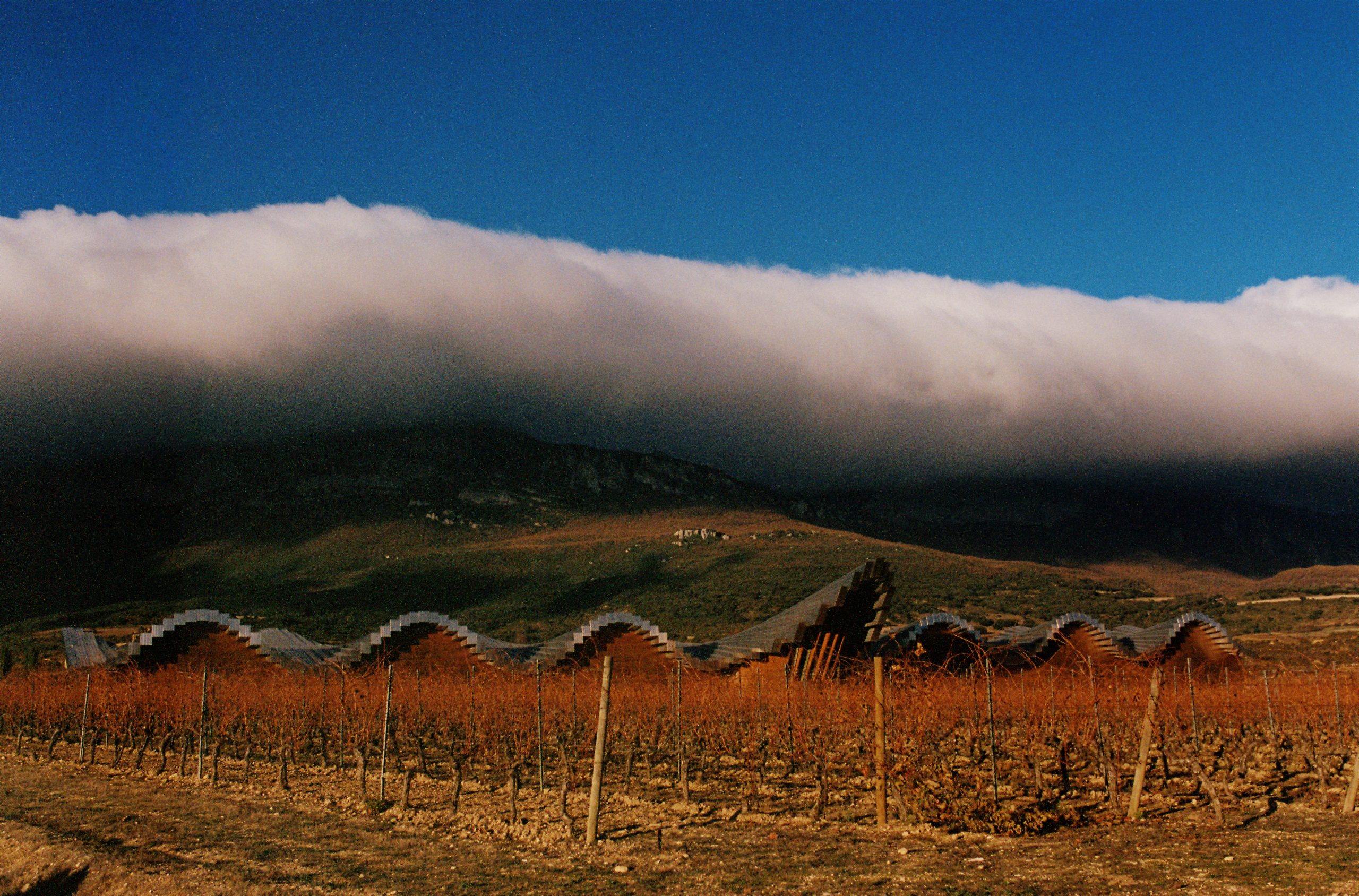Champagne sets new turnover record surpassing €5bn in 2019
While it has understandably slipped below the radar due to the dramatic impact of the coronavirus crisis on Champagne sales since March, the region set a new record in turnover in 2019, surpassing €5 billion for the first time.
According to the official shipment figures for the whole of last year, which the Comité Champagne normally releases at ProWein, the region reached a total turnover for 2019 of €5,055,823,326, representing a rise of 3.4% on last year’s figure, which was just under €4.9bn, and had also been a new record.
Sadly no official announcement was made by the region regarding the impressive total in 2019 due to the escalating impact of the Covid-19 pandemic, and, of course, the decision by ProWein to cancel this year’s show, which was due to take place on 21-23 March.
Although the current situation for Champagne during a peaking coronavirus crisis in Europe and the US is extremely concerning, and causing a major dent in the sales of this luxury, celebratory drink, it is also believed that the impact on the famous French fizz will be short-lived.
Furthermore, the current downturn in Champagne’s performance comes in sharp contrast to an impressive 2019, with turnover growth for the region driven by rising exports in high value markets, in particular the US, which was up 15% in value last year, enlarging its lead as the biggest export market for Champagne by value – the UK is the Champagne’s second biggest in terms of turnover, but the largest export market for the fizz when judged by volume.
Other markets within the region’s top 20 biggest that showed strong value gains in Champagne shipments in 2019 included Japan, Italy, Spain, Austria and Singapore.
And the UK was up too, rising by as much as 6% in value in 2019, making it even more buoyant than expected.
Speaking to db yesterday about the value growth for Champagne in 2019, and the present impact of the pandemic, Jean-Marie Barillère, who is co-president of the Comité Champagne, said that the underlying trend for Champagne was a good one, and would remain in place despite the current setback due to Covid-19.
“The long term trend of Champagne in terms of value creation and an understanding of the needs of consumers and our social responsibility in terms of environmental matters means that we are on a very good road for the future,” he said.
Continuing he said, “Now we are at war with a virus, so it’s a different world, but the long term track is totally clear for a lot of people in Champagne, and it’s a good one.”
Partner Content
For those who saw my reports from the start of this year, it will be apparent that the region may have experienced value growth, but also lost volume, taking the total shipments down to 297.5m bottles for 2019.
This was notable, because it meant that Champagne’s final figure for the past year was below 300m bottles, which is considered a symbolic point for the region.
Such contrast between volume and value performance for Champagne can primarily be attributed to the product’s performance in its domestic market, with France accounting for almost half of all Champagne shipments, and a nation that demanded less of the fine fizz in 2019 due to social issues – culminating in strikes – and new retailing laws restricting promotions called the EGalim Act, which came into force on 1 January 2019, and prevent supermarkets from moving more than 25% of their sales on a promotional offer, with a cap on price reductions at 34% of the product’s value (effectively banning buy-one-get-one-free deals).
Such negative trends for Champagne sales in France come on top of a longer term development of falling per capita consumption in the country, and that’s despite relatively low prices for Champagne in its domestic nation compared to major, growing export markets such the US and Japan.
Commenting on the fact that a turnover record for Champagne should be reached in the same year that volume sales fell to below 300m bottles, Barillère said that the region was both happy and sad at the same time.
“We have two symbolic figures [from 2019]: one is to be above €5bn, and the other is to be below 300m, which is why we are not totally pleased, but also very excited – we have one that is good in value, and another that is bad in volume,” he said.




